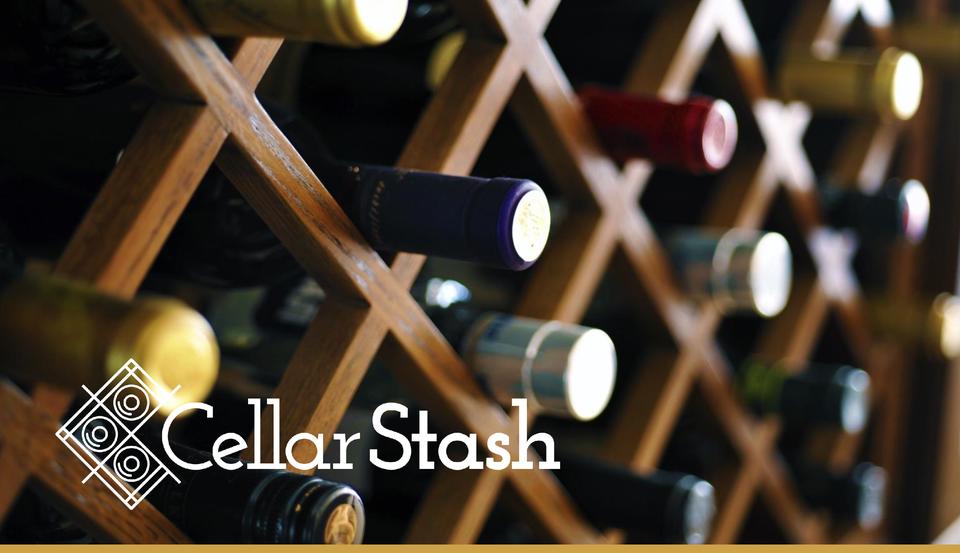Deal Abstract
https://www.seedinvest.com/cellarstash/series.a
Building a wine store by pursuing a custom Fulfilled-by-Amazon model. Believes that it can build a more lucrative business by letting wineries hold the inventory while they just drive the digital marketing/online pricing angle. Could be interesting depending on whether they’re actually eliminating a middle man (e.g. becoming a marketplace for wineries to sell their own goods,) or if they’re just becoming a more efficient middle man.
Decision
Pass
Why Investing/Passing
- Pre-revenue instantly killed it for me.
- Doesn’t feel like the right team to build an online marketplace.
- Lack of familiarity with the market and uncertainty/skepticism about the business model.
The 6 Calacanis Characteristics (91 161 18)
| Check | Pass/Fail |
| 1. A startup that is based in SV | Fail: But interestly enough, in the original (Napa) “Valley” e.g. Napa, CA. |
| 2. Has at least 2 founders | Pass (5) |
| 3. Has product in the market | Pass |
| 4. 6 months of continuous user growth or 6 months of revenue. | Fail: The Company is pre-revenue and may not be successful in its efforts to grow and monetize its product. |
| 5. Notable investors? | Fail |
| 6. Post-funding, will have 18 months of runway | Fail: Burned $200k in 10 days for 02/19/20 to 02/29/20. Following that burn, would only raise 3 months of burn at full subscription. |
The 7 Thiel Questions (ETMPDDS)
- The Engineering question:
- Interesting: I like the FBA model for wine but 1) am unfamiliar with the market e.g. is anyone else doing this.
- The Timing question:
- Good: not quite sure if wine works like coffee e.g. people drink as much coffee during economic recessions, just cheaper coffee, but see it as a fairly recession proof concept.
- The monopoly question:
- Maybe: The key variable here is how many “FBA marketplaces” the wineries want to sign on with. I guess if it’s like Amazon, then in this case, WineStash is like Amazon and eliminating those retailers who buy wholesale from wineries to tell sell at a profit margin.
- The people question:
- Mostly Uncertain: Seems like people with the right experience, but this seems like traditional-trying-to-go-tech rather than software-eats-the-world team.
- The distribution question:
- Excellent: Direct to consumer, baby.
- The durability question:
- Excellent: If they can build it, maintaining the relationships between wineries and consumers seems solid.
- *What is the hopeful secret?:
- Biggest cost for online retailers of alcohol is inventory management, and that wineries want to get some of that consumer surplus instead of selling wholesale to e-commerce. Big bet.
What has to go right for the startup to return money on investment:
- Generate revenue
- Establish relationships with wineries and confirm “hopeful secret” from Peter Thiel’s EMTPDDS framework
- Compete with the Vingo’s, WineTV’s, higher margin e-commerce competitors.
What the Risks Are
- Fight for market share: Just on one Google search, wine.com, totalwine.com, drizly.com (delivery for alcohol stores,) and all of one’s local wine stores getting into the delivery business.
- Wineries that are eager to get into consumer game are exception not the rule.
- Besides wine aficionados, consumers don’t find that much add from being able to buy wines directly from a vineyard, e.g. the market isn’t very large.
Financials (References)
Total Amount Raised: US $341,968
Total Round Size: US $600,000
Raise Description: Seed
Minimum Investment: US $1,000 per investor
Security Type: Crowd Note
Valuation Cap: US $6,000,000
Offering Type: Side by Side Offering

